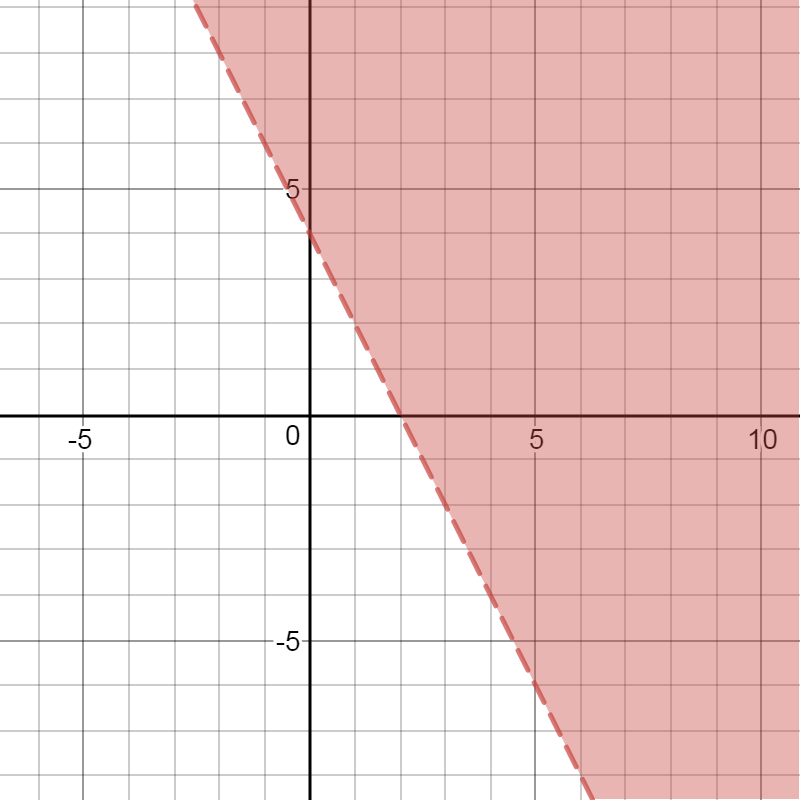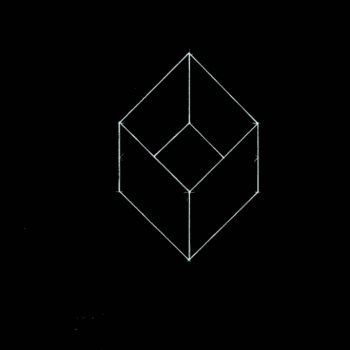How do you graph the inequality #6x+3y>12#?
1 Answer
Let's isolate
Now we have the information we need to graph this:
This looks an awful lot like slope-intercept form, where
In our case, we have
This tells us that our graph has a slope of
graph{y = -2x+4}
Now, we need to figure out if the graph shows a dashed or solid line. This is pretty simple: does the inequality sign include a value
So in our case, our graph will have a dashed line because it has the
The question is, which side of the graph do we include? There are a few ways to check, but I like a simple method: pick two points, one from each side of the graph. THESE POINTS CANNOT BE ON THE GRAPH Whichever one makes the statement true is correct
Let's pick
is this true? is
is this true? is

*This graph was obtained form https://www.desmos.com/calculator/sqb3smcrdv*

